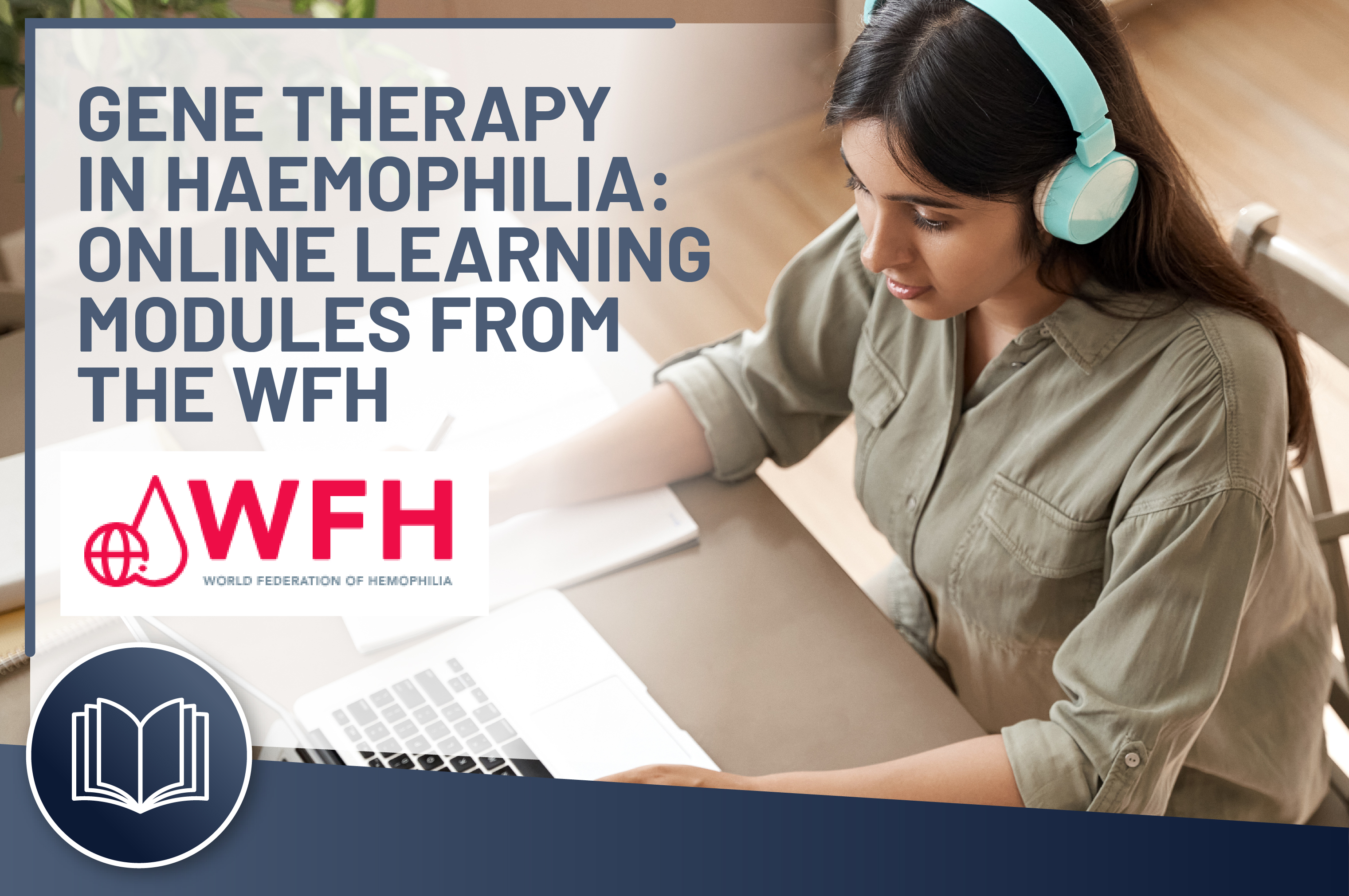The development of haemophilia treatment has progressed significantly in the last 50 years. It shifted from the episodic treatment of bleeding episodes with plasma-derived concentrates to long-term prophylaxis and development of recombinant factors and, finally, gene therapy, aiming to cure haemophilia with one-time administration.
With the first attempts at gene therapy in the 2000s, the first approved gene therapy for haemophilia entered the market in the 2020s. There are currently two approved products, while other gene therapy products are undergoing development in clinical trials. As gene therapy is a new treatment, WFH developed new elearning materials here to help enhance the understanding of gene therapy and the clinical trial processes.
If you have ever wondered how gene therapy works and what the eligibility criteria, processes, and outcomes are, access the WFH eLearning modules about gene therapy here.
With the first attempts at gene therapy in the 2000s, the first approved gene therapy for haemophilia entered the market in the 2020s. There are currently two approved products, while other gene therapy products are undergoing development in clinical trials. As gene therapy is a new treatment, WFH developed new elearning materials here to help enhance the understanding of gene therapy and the clinical trial processes.
If you have ever wondered how gene therapy works and what the eligibility criteria, processes, and outcomes are, access the WFH eLearning modules about gene therapy here.

